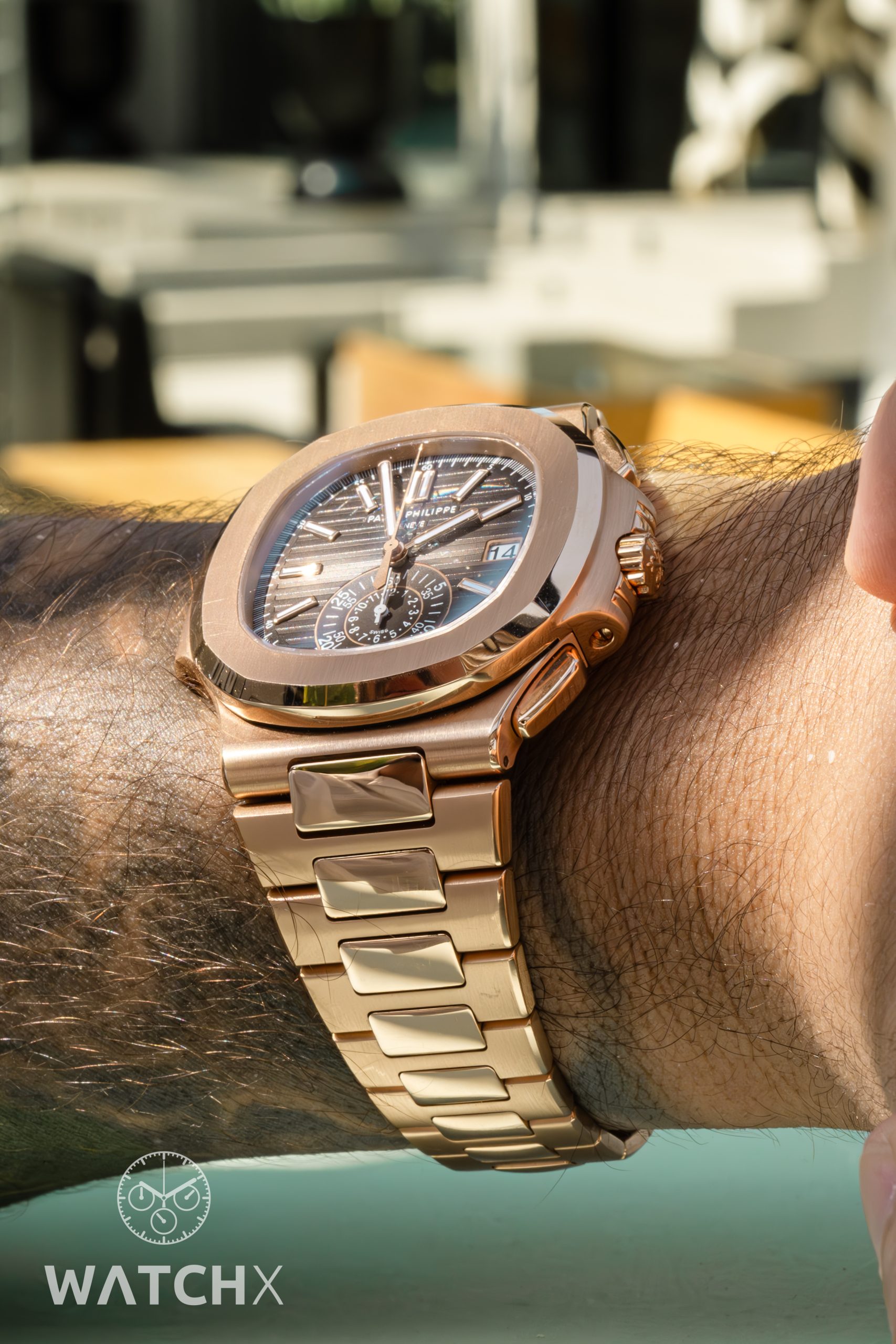
If you’re new to watches, understanding the terminology used in watchmaking can seem frustrating at first. Watches come with a variety of technical terms that may sound complicated, but with a bit of knowledge, you’ll be able to speak the language of watch enthusiasts in no time.
Here’s a beginner’s guide to some essential watch terminology. For example, when looking at high-end watches, you may come across terms like AP watch price UAE, which can vary based on features such as craftsmanship, materials, and design.
Movement:
The movement refers to the internal mechanism that powers the watch, allowing it to keep time. There are two main types of movements: mechanical and quartz. Mechanical movements are powered by a spring that needs to be wound regularly, while quartz movements are powered by a battery. Automatic watches, a subset of mechanical watches, wind themselves through the motion of the wearer’s wrist.
Case:
The case is the outer shell of the watch that protects the internal components, such as the movement and dial. It can be made from various materials, including stainless steel, titanium, gold, or even ceramics. The size of the case is typically measured in millimeters and can vary depending on the style of the watch. A larger case is often associated with sports or diving watches, while smaller cases are seen in dress watches.
Dial:
The dial is the face of the watch where the time is displayed. It features the watch’s hands (hour, minute, and sometimes second hands) and markers such as numerals or indices to indicate the time. Dials can come in many different designs, from simple and minimalist to intricate with multiple sub-dials. Some watches also have date windows or additional complications like moon phases.
Complications:
In watch terminology, a complication refers to any function or feature beyond just telling the time. Complications can include features like a chronograph (stopwatch), a date function, a moon phase indicator, or even a tourbillon (a mechanism designed to improve accuracy). These additional functions can add to the complexity of the watch and its price.
Bezel:
The bezel is the ring around the watch face, often used to secure the glass or crystal in place. On some watches, the bezel has markings or numbers for additional functionality, such as in dive watches where the bezel can track elapsed time underwater. Bezels can be made of various materials, including ceramic, stainless steel, or even precious metals.